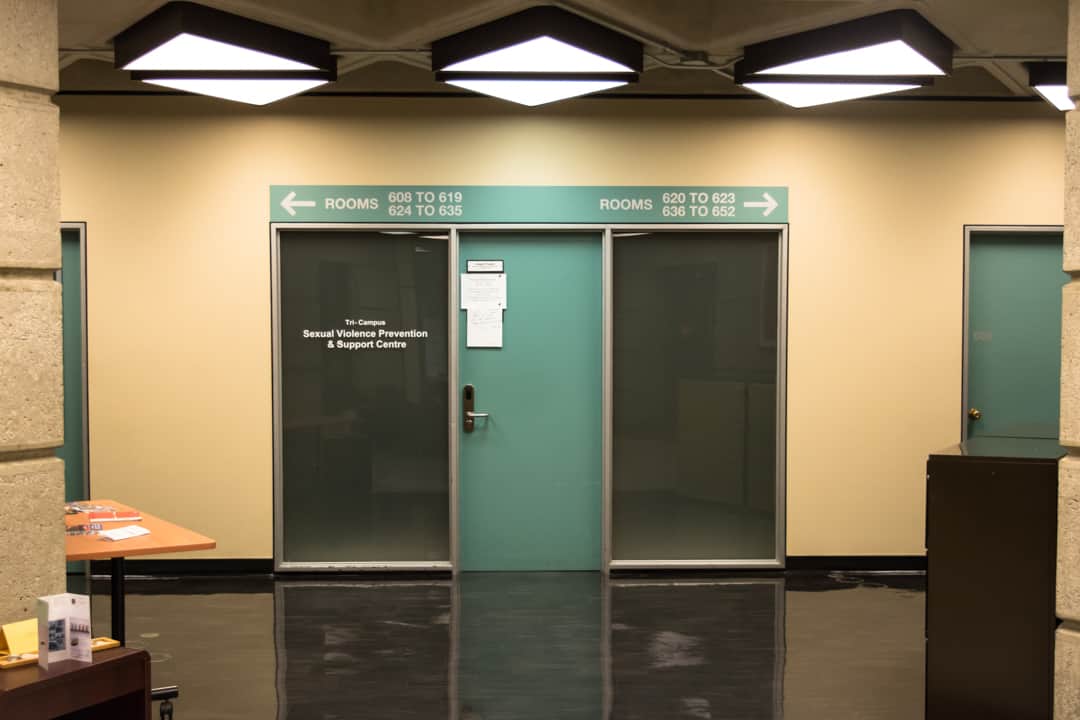U of T’s Sexual Violence Prevention and Support Centre recently adopted changes to its leadership structure in an attempt to increase efficiency and efficacy. The change, which is effective immediately, will entail giving part of the portfolio of the Executive Director to the Director of the Office of Safety & High Risk.
The change is being made in order to “rationalize workloads, streamline workflows, and ensure the highest level of service,” according to the memo released on the subject by Vice-President & Provost, Cheryl Regehr, and Vice-President, Human Resources & Equity, Kelly Hannah-Moffat.
Executive Director Terry McQuaid, who has been serving in the role since the office was created a year ago, will continue to lead the university’s response to sexual violence, including developing policies, procedures, and training.
Director of the Office of Safety & High Risk Laura Bradbury, who has also been in the role for a year, will be given the task of identifying and managing individuals at high risk of sexual violence, a job which was previously under the portfolio of the Executive Director.
“If people have been affected by sexual violence, then they will continue to go to the Sexual Violence Centre that is overseen by Terry [McQuaid]. If students are worried about other forms of safety, or ongoing safety issues, then they would go to the Community Safety Office that is overseen by [Bradbury]’s people,” explained Regehr in an interview with The Varsity.
According to the memo, “the impact on members of our community and those who access these services as clients will be minimal.”
Regehr explains that this is because the changes are being made to high level leadership and that “any student who was going to the centre… would see the exact same staff you would see before.”
“Now that we’re a year into it,” Regehr said, “we really want to invest more resources in our sexual violence work. So we just pulled two portfolios apart… so that we have more resources to be able to focus on sexual violence.”
The centre was established in early 2017 in response to calls to action from the community as well as requirements from new provincial legislation.
“We continue to have prevention and responding to sexual violence as a really major priority of the university, so we want to ensure that we have resources to make that happen,” said Regehr.
“We hope that we will continue to really focus on making this a safe place for students and helping students who have been affected by violence of various kinds.”


